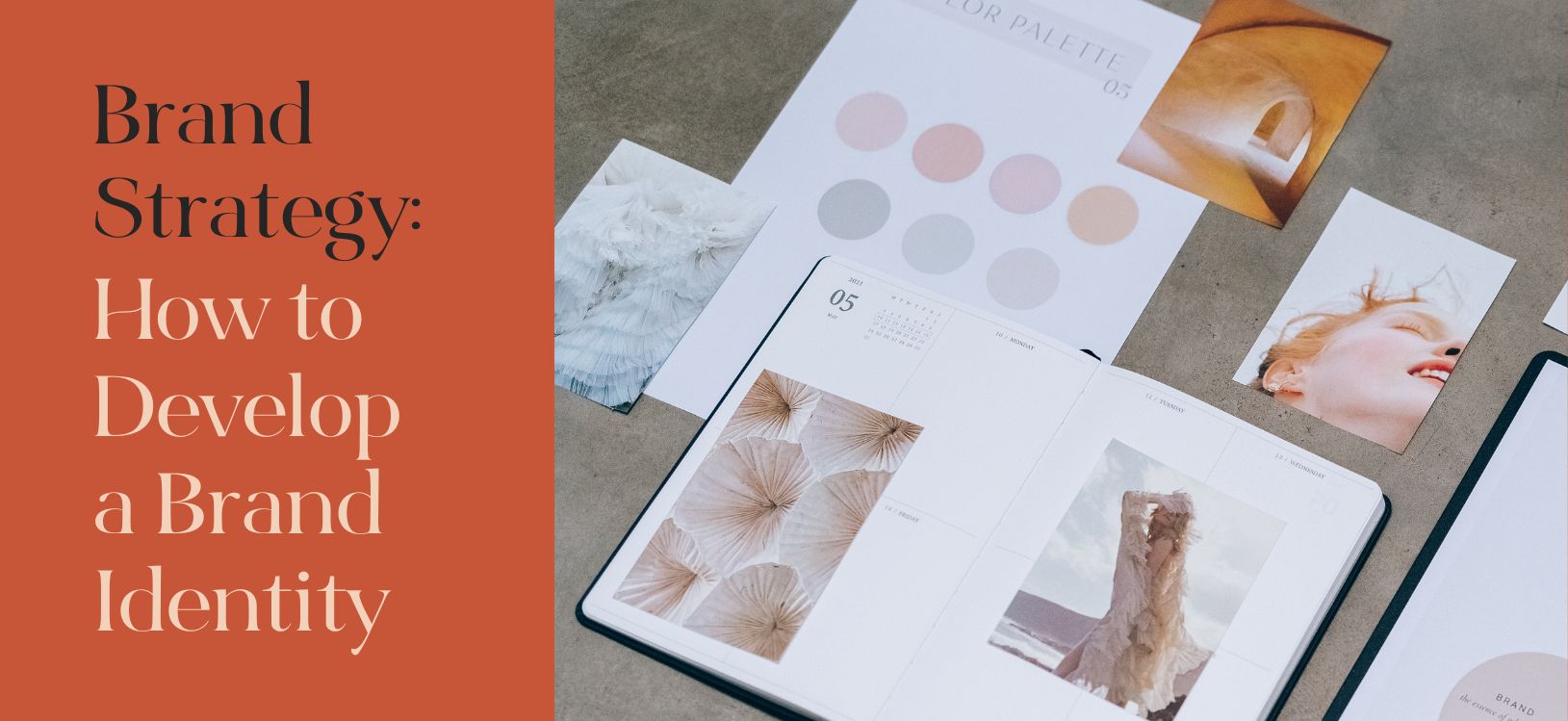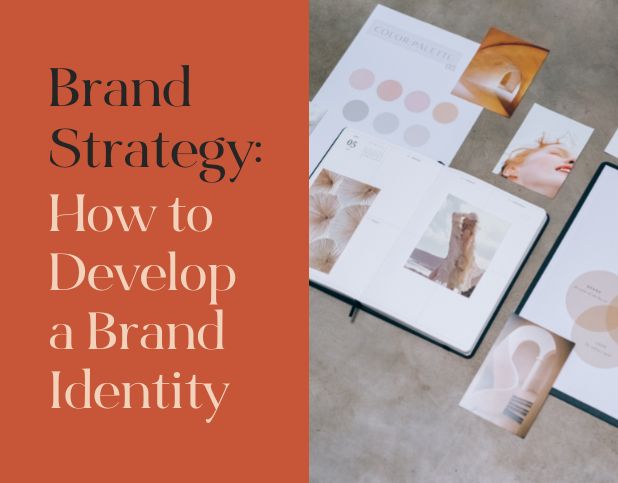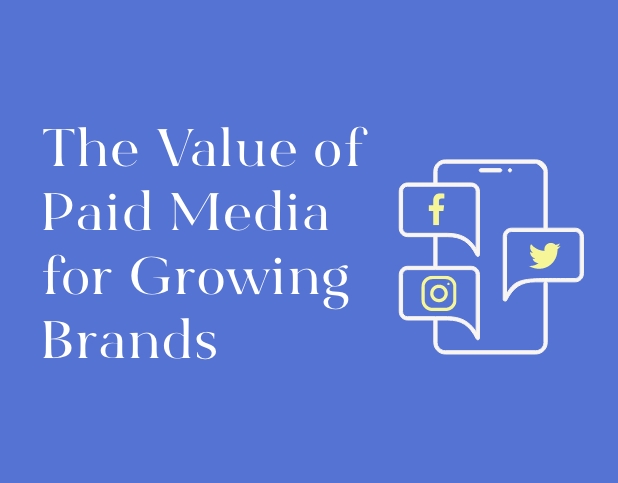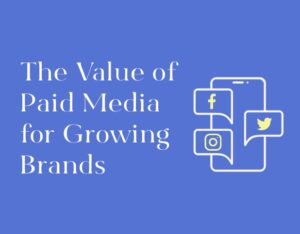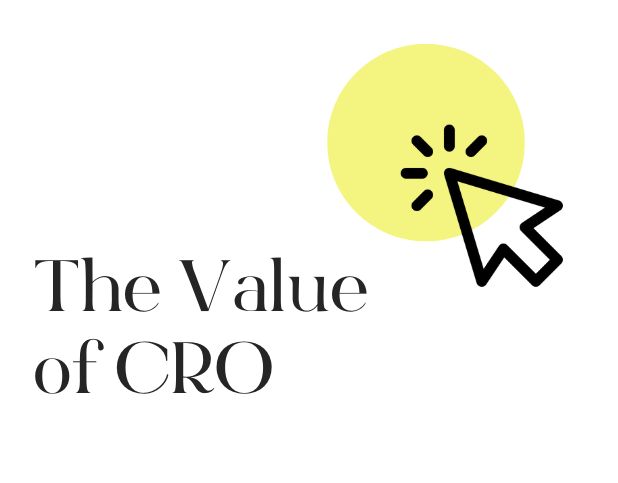Once you have defined your brand, determined your target audience, and developed your brand position, you are ready to start considering what your brand will look like. This is your opportunity to showcase your purpose and personality through the visual representations of your brand. Like other pieces of your brand strategy, your visual identity will change and evolve alongside your business. For creative minds, this is one of the most fun parts of the process of launching a new brand or refreshing an established brand.
What is a Brand Identity?
A brand identity is the visual representation of your brand and includes elements such as your logo, color palette, typography, and imagery. It is an essential aspect of building a successful brand, as it helps create a strong emotional connection with customers and establish brand recognition. Consider your brand’s personality, values, and target audience when choosing the visual elements that will represent your brand. Here are the basic steps to developing a brand identity:
Create a logo:
Your logo is the most prominent element of your brand identity and should be eye-catching and memorable. It should be simple, scalable, and reflective of your brand’s personality and positioning. If your logo elements are recognizable enough, you can create variations of your logo for different use cases. We’d strongly recommend considering hiring a professional designer to create a unique, effective, and on-trend logo for your brand.
Create a color palette:
Your brand’s color palette should be consistent across all marketing materials and should reflect your brand’s personality and positioning. Choose colors that resonate with your target audience and are appropriate for your brand. Brands often choose 1-2 primary colors with a handful of secondary and complementary colors.
Choose typography:
Choose fonts that are easy to read, appropriate for your brand, and consistent with your brand’s personality and positioning. While you may think, “Arial is boring. I want to stand out” – reconsider. You want to make sure your material is very easy to consume and not something your audience will have to squint at to decipher. You will also need to consider if your font choice will appear the same way across browsers and device types.
Create a mood board:
A mood board is a visual representation of the overall look and feel of your brand. It should include elements such as colors, fonts, imagery, and other visual elements that reflect your brand’s personality and positioning. A mood board can help you get a sense of the overall aesthetic of your brand and guide your design decisions.
Develop brand guidelines:
Once you are happy with all the elements of your visual identity, it’s time to put it all in one place. This can be a 1-page document that includes guidelines for color usage, typography, and logo placement or a 25-page document that includes everything from voice and tone, photography guidelines, and rules for what not to do with the logo. Creating a set of rules for how your visual identity will be used across different channels and materials will ensure consistency. It will also be a helpful document to pass along to any employees responsible for any kind of branding from social media to presentations to letterheads.
Remember, your visual identity is an important part of your overall brand strategy, so it’s important to put thought and care into its development. By following the steps outlined above, you can develop a cohesive and effective brand identity that reflects your brand’s unique value and resonates with your target audience. Once your brand identity is clearly defined and set in stone, make sure to use your visual identity consistently across all materials, including your website, social media profiles, marketing materials, and product packaging. Consistency will help your brand stand out and be easily recognizable to your target audience.
Like most pieces of your brand strategy, your brand identity can change and evolve as your business does. You see many brands update their logos, colors, and other aspects of their brand for many reasons, for example, they expand their business to offer new products or services, or they want to incorporate new design trends. If you would like design professionals and industry experts to develop your brand identity or think it’s time for a refresh, let’s chat!
About BuzzShift
BuzzShift is a digital growth strategy agency with a focus on mid-market, scaling DTC Brands. By combining the ideologies of branding, performance marketing, and retention agency, we can create memorable experiences with measurable results and build long-term success for our clients with scalable, sustainable growth. Learn more about BuzzShift.
